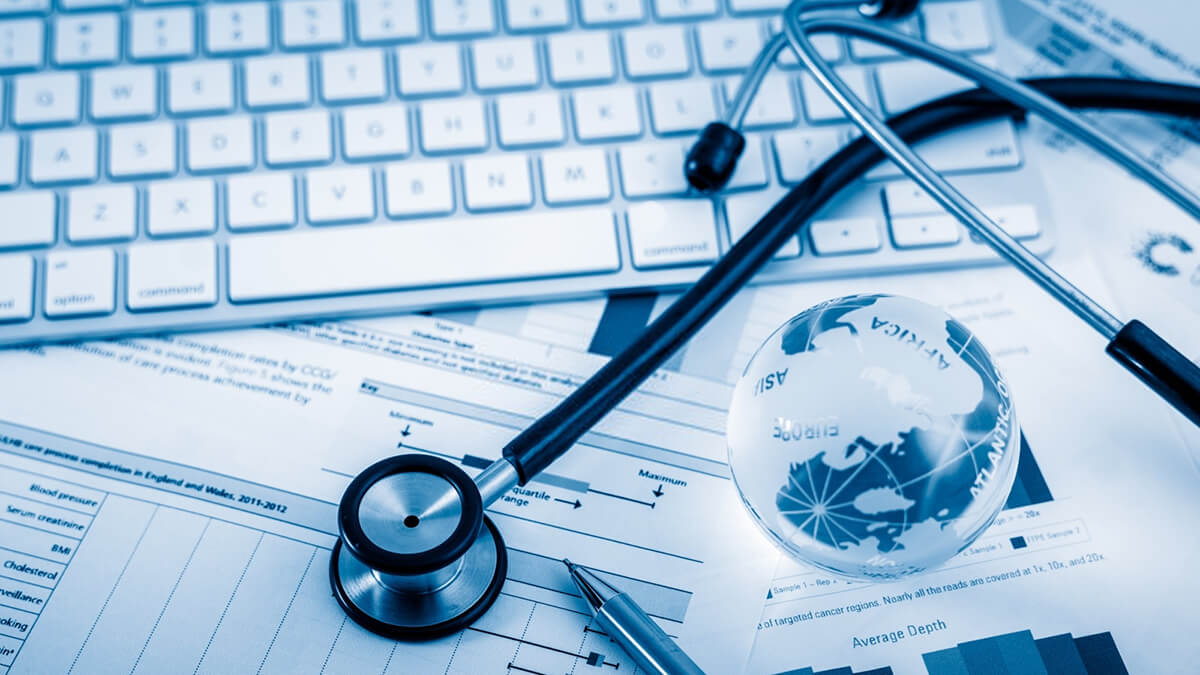How to Enhance Performance in Medical Administration with Modern Equipment
How to Enhance Performance in Medical Administration with Modern Equipment
Blog Article
Ideal Practices in Medical Management for Improving Performance and Reducing Prices
In the ever-evolving landscape of health care, the quest of ideal techniques in clinical management is paramount for boosting efficiency and suppressing expenditures. By incorporating innovative innovations such as digital wellness documents and telemedicine, healthcare companies can streamline operations and enhance individual treatment.
Leveraging Advanced Innovation
In today's swiftly progressing medical care landscape, leveraging advanced innovation is no more optional yet important for effective medical management. The assimilation of electronic solutions into medical care systems has actually changed the means facilities run, improving procedures and enhancing person treatment. Electronic Health Records (EHRs) are critical, supplying extensive patient data that can be accessed immediately by licensed employees, therefore lowering redundancy and reducing errors. By centralizing person details, EHRs remove the need for cumbersome documentation and promote smooth communication amongst health care suppliers.
Telemedicine is another technological improvement that has changed client communication. It provides convenience for both individuals and medical care specialists by enabling remote appointments, which can lower the requirement for in-person gos to and maximize visit organizing. Additionally, telehealth platforms can prolong medical care access to rural or underserved areas, linking spaces in treatment shipment.
Furthermore, making use of Expert system (AI) and artificial intelligence is becoming increasingly widespread in anticipating analytics, allowing for early detection of possible wellness problems and even more informed decision-making. These innovations, when integrated properly, can improve analysis accuracy and individualize client therapy plans, ultimately causing boosted medical care results and operational efficiency.
Optimizing Source Allocation
By purposefully handling resources such as personnel, tools, and finances, healthcare centers can considerably boost their operational performance, boost client end results, and minimize unneeded expenditures. The initial action in optimizing source allotment involves performing a comprehensive assessment of existing properties and determining locations where resources may be underutilized or exhausted.
Prioritizing resource allowance based upon person needs and solution demands is important. This involves lining up resources with high-demand areas, such as emergency situation care or specialized therapies, to make sure prompt and efficient client care. Applying adaptable staffing models can additionally maximize labor sources by changing workers allotment in reaction to changing individual volumes. Furthermore, embracing telemedicine and various other technological remedies can relieve physical resource restraints by supplying alternate avenues for patient-provider communications.
Financial sources must be carefully kept an eye on and designated with tactical insight to sustain both short-term functional demands and long-lasting institutional objectives. This includes investing in training programs that improve staff expertises and embracing energy-efficient methods that reduce operational expenses (medical administration). Inevitably, an enhanced resource allowance approach cultivates a lasting healthcare atmosphere that is responsive, reliable, and economically prudent
Streamlining Operations Procedures
When healthcare facilities objective to boost operational performance, enhancing workflow procedures comes to be a crucial focus. Reliable workflows decrease redundancy, get rid of unnecessary steps, and improve control among healthcare experts. This method not only speeds up solution delivery however likewise improves the quality of individual care.

Next, innovation assimilation plays a substantial duty in streamlining workflows. Executing digital health and wellness records (EHRs) and electronic doctor order entry (CPOE) systems decreases documentation, reduces human mistake, and ensures details comes to all relevant personnel. Furthermore, leveraging telemedicine systems can enhance client consultations and follow-ups, reducing the pressure on physical infrastructure.

Inevitably, structured process cause set you back decreases and boosted individual contentment, cultivating a more sustainable health care atmosphere.
Enhancing Information Administration
Building upon structured process, enhancing information monitoring view it now ends up being a crucial part ahead of time medical care management. Efficient data management systems are important for maintaining exact individual documents, improving decision-making, and ensuring conformity with regulative standards. By implementing robust information monitoring services, medical care facilities can improve the quality of individual care while all at once decreasing functional costs.
One secret click this link facet of improving information management is the combination of innovative digital health and wellness document (EHR) systems. These systems help with the seamless exchange of individual information across different divisions, reducing replication of tests and lessening mistakes. A well-designed EHR system supports information analytics, allowing doctor to recognize patterns and make educated decisions concerning client treatment.
Moreover, protecting person information is vital. Taking on extensive cybersecurity steps, consisting of file encryption and routine audits, makes sure the stability and privacy of sensitive information. This not just safeguards individuals but also preserves the institution's track record.
Purchasing personnel training is another critical aspect. Educating health care specialists on information administration methods boosts their capacity to properly make use of innovation, leading to boosted patient end results. To conclude, enhancing data monitoring through innovative technology and extensive training is vital for attaining efficiency and price reduction in clinical administration.
Fostering Collaborative Communication
A vital component ahead of time medical administration is fostering joint interaction amongst medical care professionals. Reliable communication is extremely important for making sure seamless person treatment, enhancing therapy end results, and reducing errors. By motivating open dialogue and sychronisation across multidisciplinary teams, healthcare organizations can enhance their operational efficiency and decrease unnecessary costs.
Central to this method is the assimilation of communication technologies such as electronic wellness records (EHRs) and safe messaging platforms, which facilitate the rapid exchange of vital patient details. These devices allow doctor to accessibility and share data in actual time, guaranteeing that all team members are notified and straightened in their decision-making processes. Additionally, regular team conferences and interdisciplinary rounds can better advertise a culture of partnership and responsibility.
Educating programs focused on boosting communication skills are also vital. Ultimately, fostering collective interaction leads to enhanced health care delivery and expense financial savings.

Conclusion
Integrating sophisticated technology, such as digital health records and telemedicine, alongside enhanced resource allowance and streamlined operations processes, is important for enhancing performance in clinical administration. Efficient data administration and fostering collective communication among health care teams are essential for reducing redundancies and improving treatment high quality. By focusing on preventive treatment and go to this web-site taking part in quality enhancement campaigns, health care companies can accomplish considerable expense savings and improved patient outcomes, thus making sure sustainable healthcare shipment in an increasingly intricate atmosphere.
Report this page